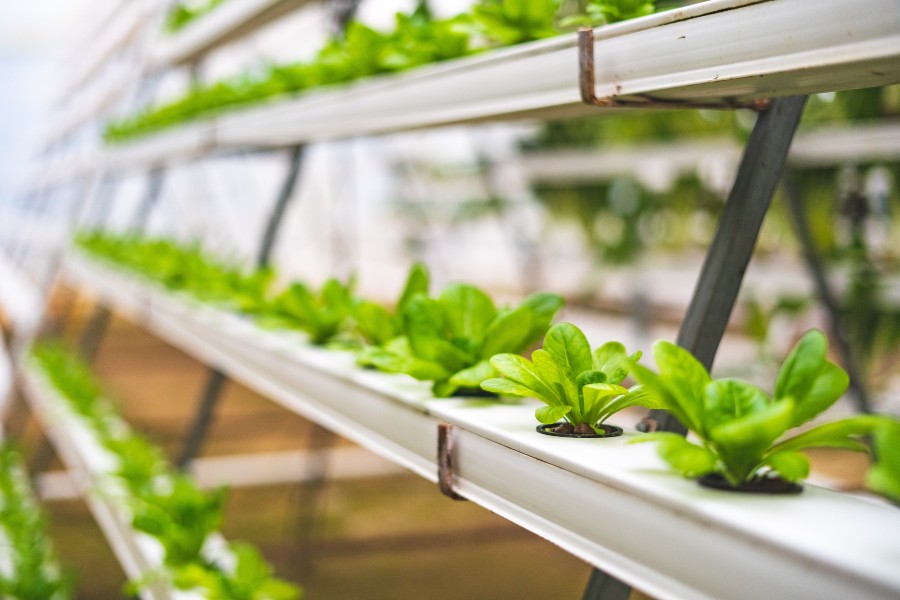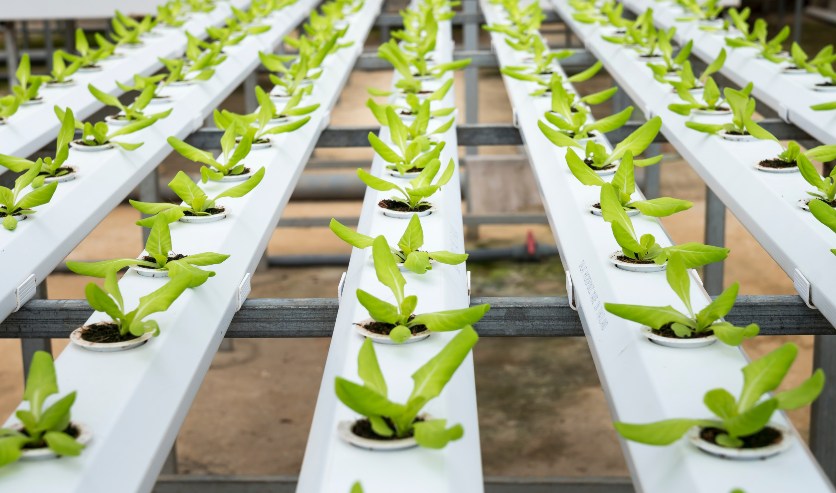Despite being recognized as one of the leading agricultural markets in the world, the Philippines’ agriculture industry has suffered in recent times due to factors like severe weather conditions, with the region being prone to destructive typhoons. As a result, food security and sustainability have become major issues for the Philippines and its agricultural sector. To overcome such difficulties, sustainable hydroponic agribusiness is quickly becoming a viable solution as the public and private sectors are investing heavily.
While these sustainable initiatives are still in the early stages, interested parties and new market entrants can capitalize as hydroponics is trending globally and such interest is expected to translate well in the Philippines. To get insight into the current landscape, potential growth challenges, and outlook of sustainable hydroponic agribusinesses in the Philippines, read this excerpt from our latest white paper, Food Resilience through Sustainable Hydroponic Agribusiness in the Philippines, which you can read in full here.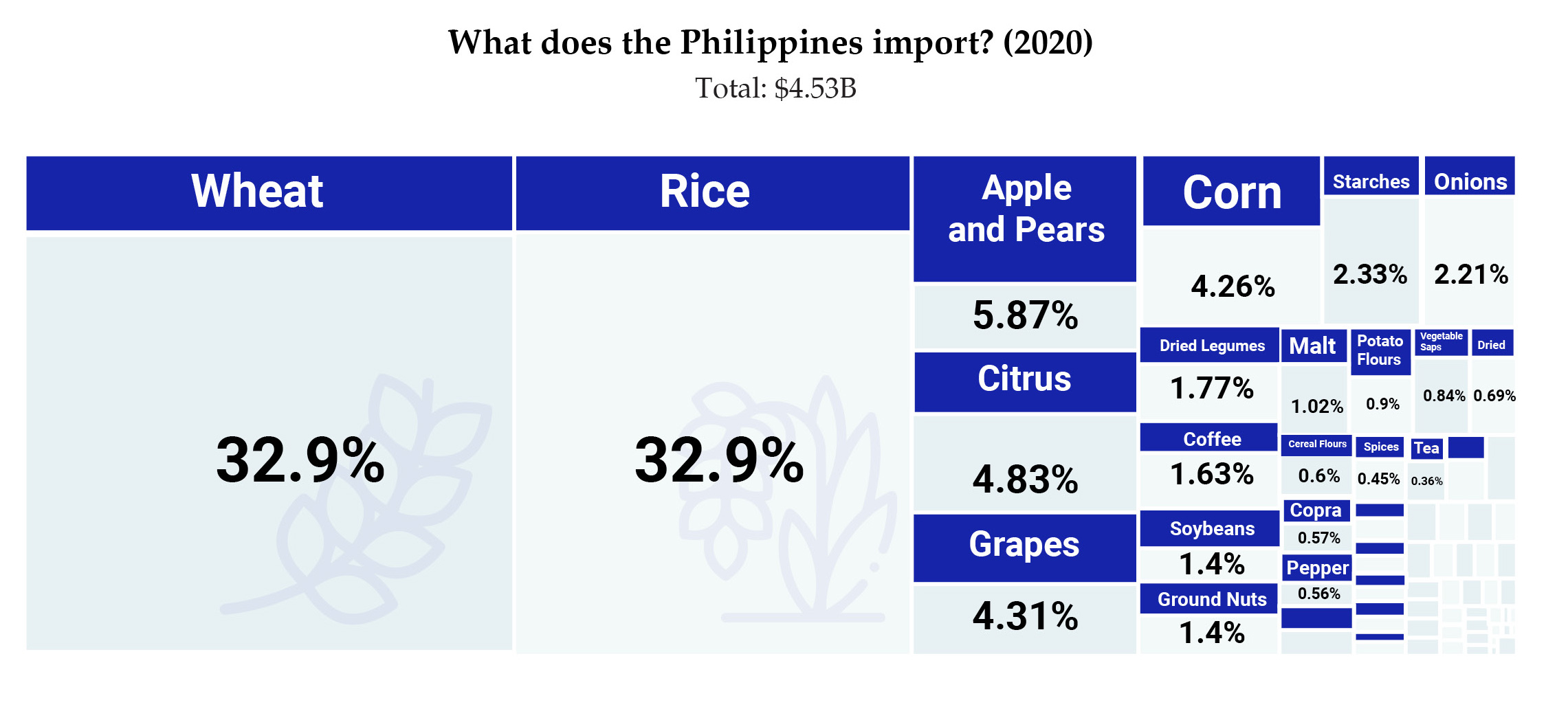
The Philippines is recognized globally as one of the major producers and exporters of agricultural products such as rice, bananas, coconuts, pineapple, and maize, to name a few. In 2020, the Philippines ranked 24th highest in the world in terms of Agricultural Production value, according to the Food and Agriculture Organization of the United Nations (FAO). However, as it stands, the services sector contributes the largest share of the Philippine GDP, while the agriculture, forestry and fishing sector constitute only 10% of the Philippines’ GDP. The Philippines has a total land area of approximately 298,170 sq km. Around 41% is considered as agricultural land but only 17.8% of this land is used for permanent crops. In 2020, around 4% of the Philippines’ imports were vegetable products with wheat, rice, apples and pears, citrus fruits, and grapes respectively constituting the top 5 vegetable imports by value.
The Philippines is known for its sizeable fertile land area and for having suitable climate for growing a variety of crops, perhaps including the vegetables and fruits it currently imports; but lately, increasingly unstable weather conditions and destructive typhoons because of climate change have made the Philippine agriculture more vulnerable than ever, making traditional in-soil farming methods less effective and in turn, hampering the growth of the agricultural sector. This begs the question: how can the Philippines grow its agricultural sector in the midst of changing and unstable climate conditions?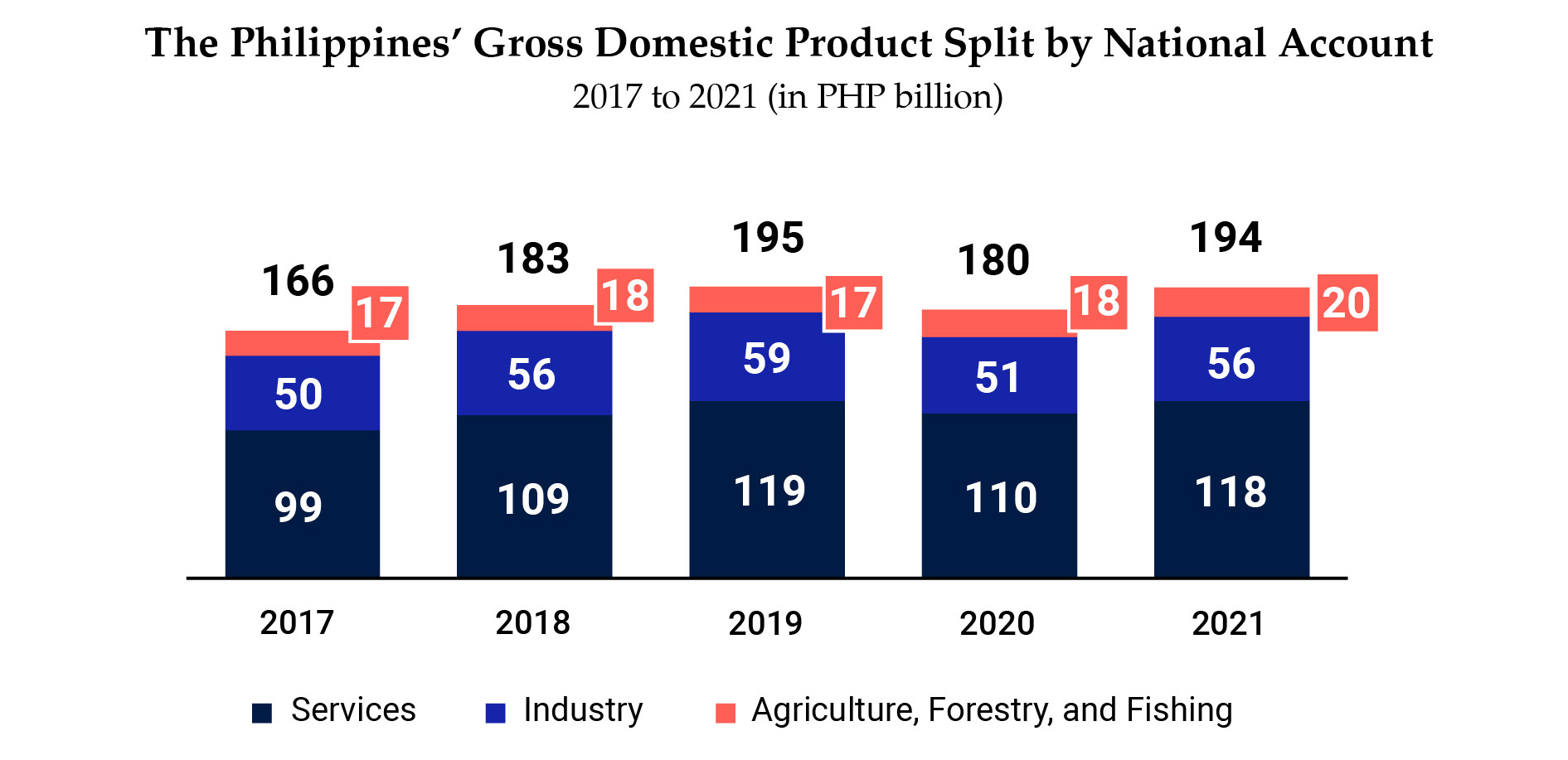
However, despite the success of the agricultural crops sector, some 2.5 million Filipino families, mostly of the lower income strata in the National Capital Region (NCR), reported to have experienced hunger due to a lack of food in 2020 and 2021, perhaps due to the supply chain and logistics issues brought about by the stringent lockdowns that crippled access to crops and other food produced around the Philippines. This means that regions such as the NCR, which were dependent on agricultural imports and/or produce from other regions, had to find a way to source their crops and in some way and be more self-sufficient in terms of food.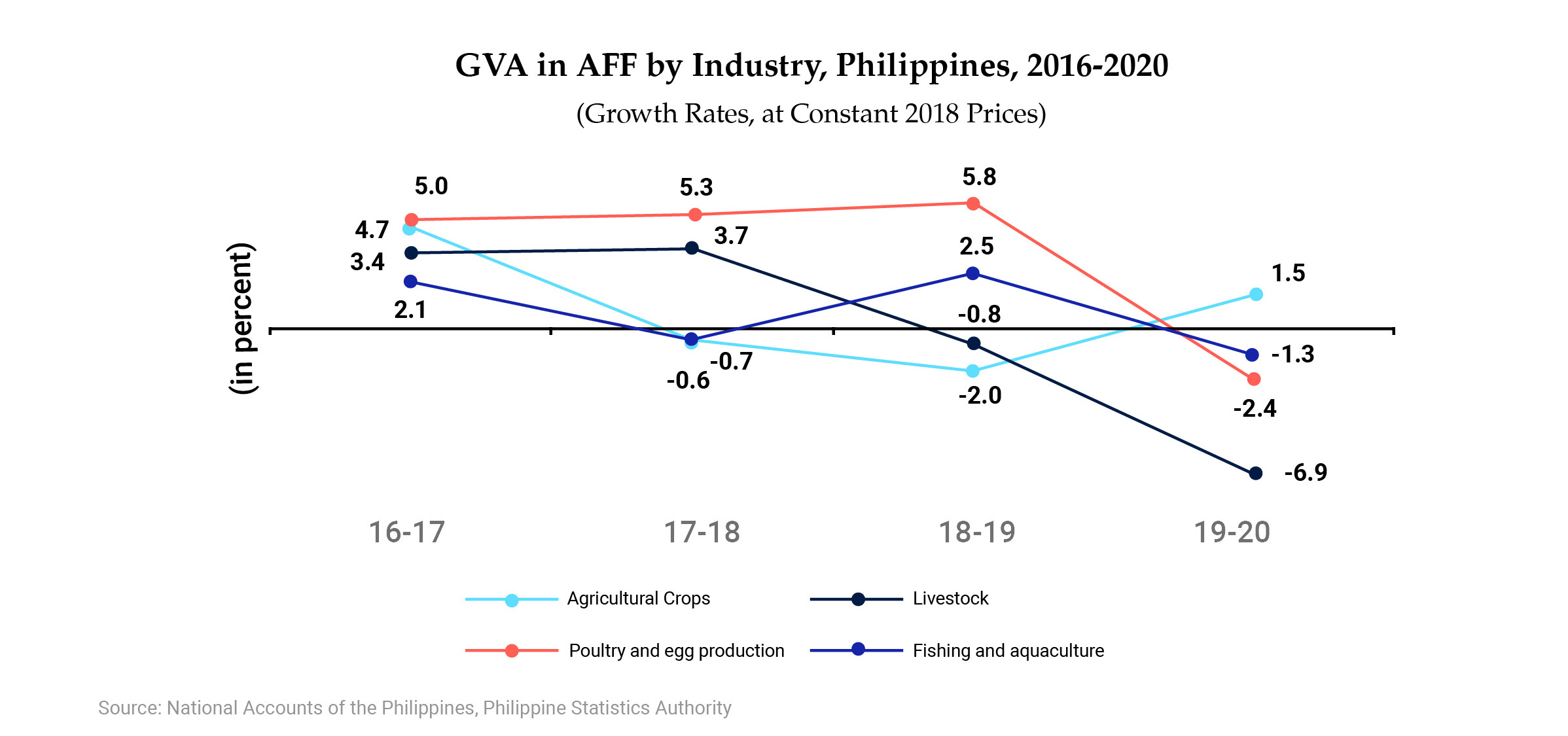
Hydroponics is one of most widely used types of modern horticulture or methods of growing plants. It emerged as a solution to farming climate inconsistencies, presence of soil-borne pathogens, farming space restrictions and as an alternative to traditional farming, which typically requires an average land area of 1.29 hectares (by Philippine standards) and specific weather and soil conditions which can depend on the crop being grown. There are two categories under traditional (non-organic) hydroponic systems: water-based systems and aggregate culture. For water-based systems, the roots are placed directly into the nutrient solution. In aggregate culture systems, the roots are grown into an inert medium such as sand, perlite, cocopeat, peat moss, etc. Both systems may be further broken down and categorized further.
The United States Food and Drug Administration (FDA) explains the intricacies of the different kinds of organic and non-organic hydroponic systems in their 2016 Hydroponic Task Force Report but for simplicity, the more popular traditional, water-based, hydroponic system shall be the focus of this white paper. There are several types of water-based hydroponic systems but the most used is the Nutrient Film Technique (NFT), mostly because of the ease of setup and maintenance.
Hydroponics falls under the umbrella classification of modern agricultural techniques, which typically entails growing plants in a controlled environment to achieve a specific kind of yield optimally. Depending on the way the hydroponic farm is set up (typically an NFT set up), it may be classified as vertical farming. Vertical farming is defined as the practice of growing crops in perpendicularly stacked layers, usually without soil, this can be incorporated in buildings, shipping containers, tunnels, and abandoned mine shafts, to name a few.
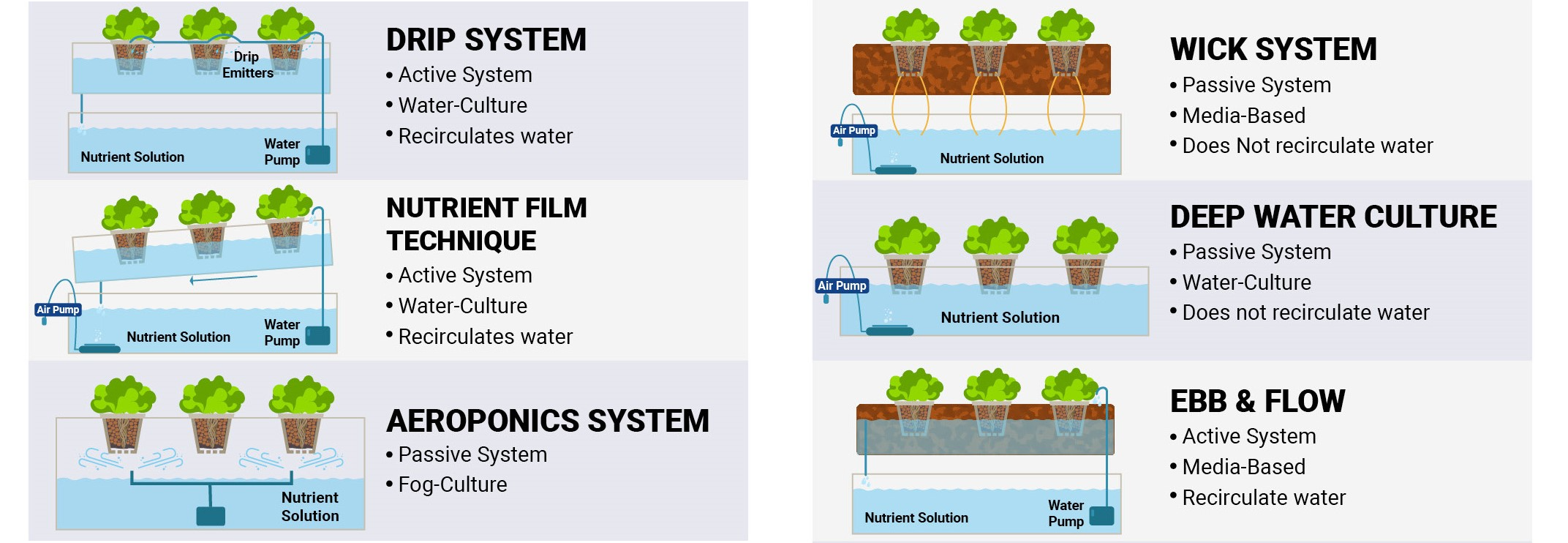
The global hydroponics crop market is valued at around 37.7 billion USD as of 2022, and is projected to grow at an overall CAGR of 7%. It is expected to reach 53.4 billion USD by 2027. Globally, Europe and North America constitute the biggest hydroponic markets as they are also known to have the biggest advanced hydroponic farms versus other regions. Both the North America and Asia Pacific (APAC) regions are expected to grow the fastest at 17% CAGR. The growth is expected to be driven by the commercialization of smaller hydroponic farms and innovation towards less labor intensive, cost-effective, higher output yielding and controlled environment agriculture—this hints at the potential for synergy among smaller agribusinesses to pool existing technologies and expertise investors looking to fund businesses in the industry in the Philippines to build a substantial market presence, as global interest in hydroponics may attract potential industry investors.
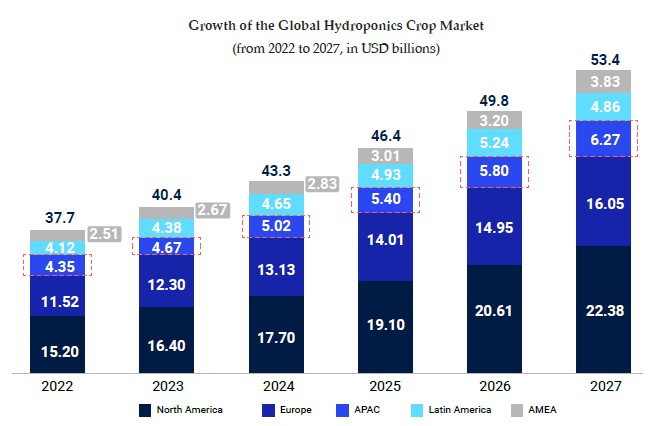
To get further insight into other countries in Asia and their sustainability initiatives, subscribe to our newsletter here and check out these reports:
